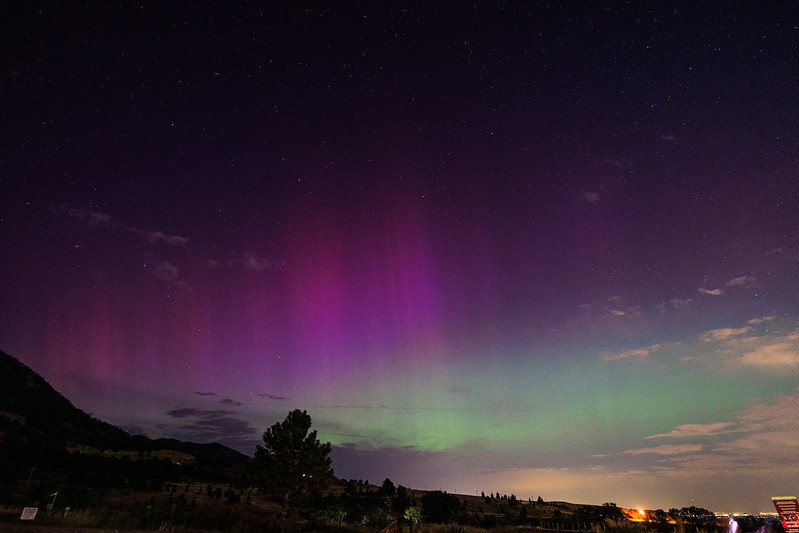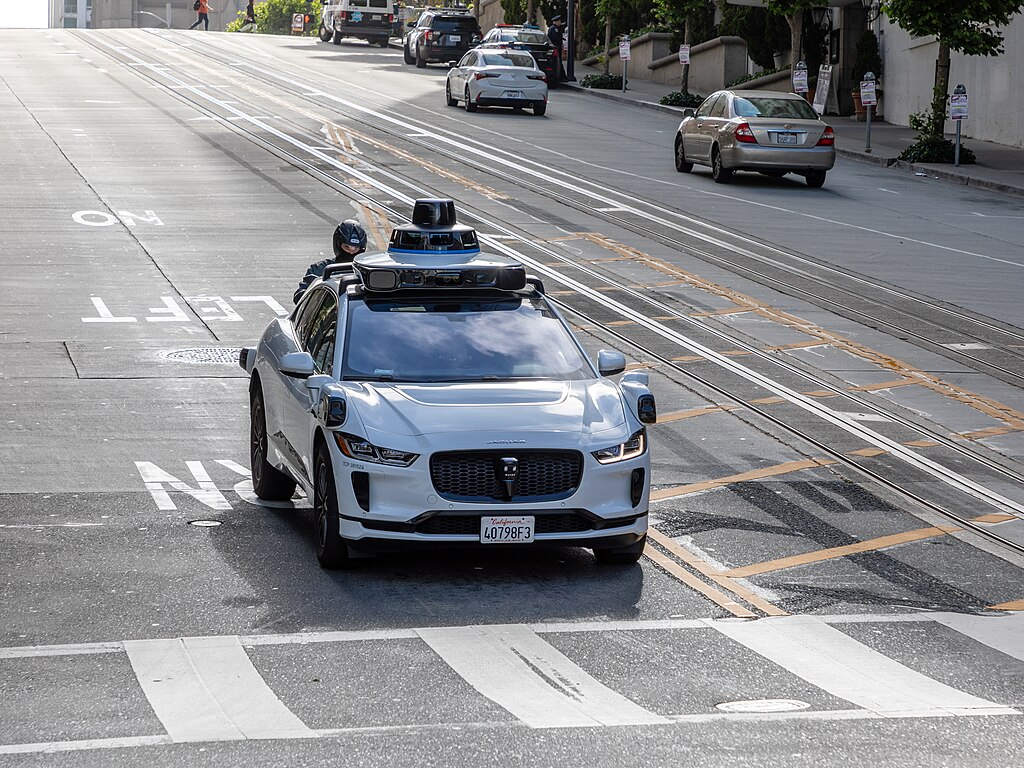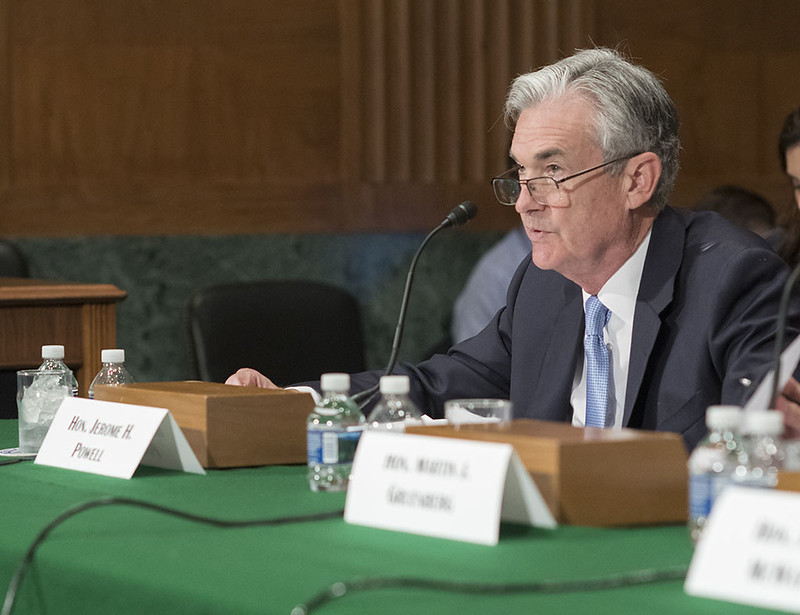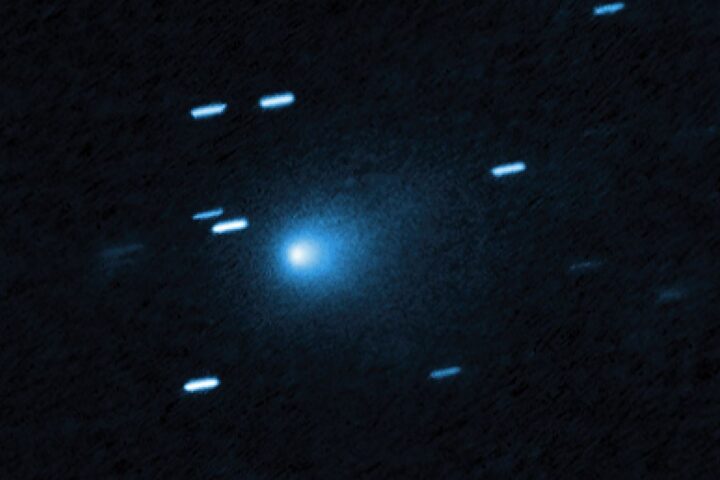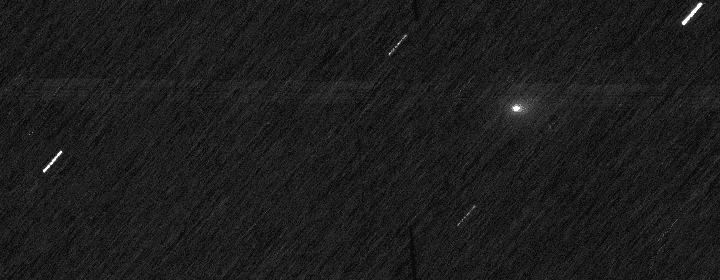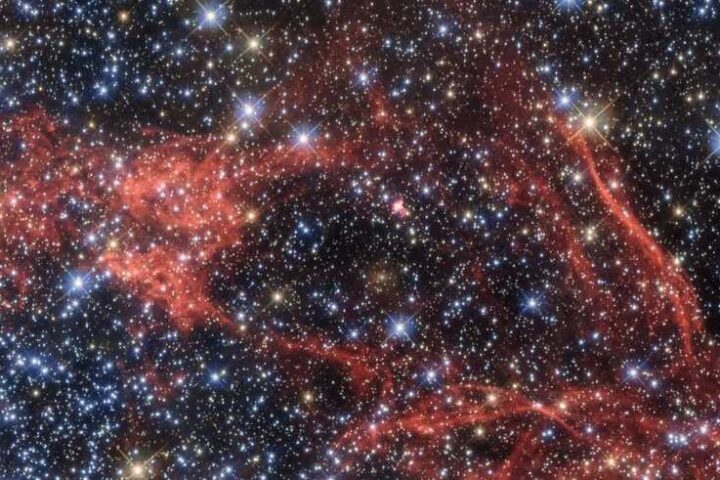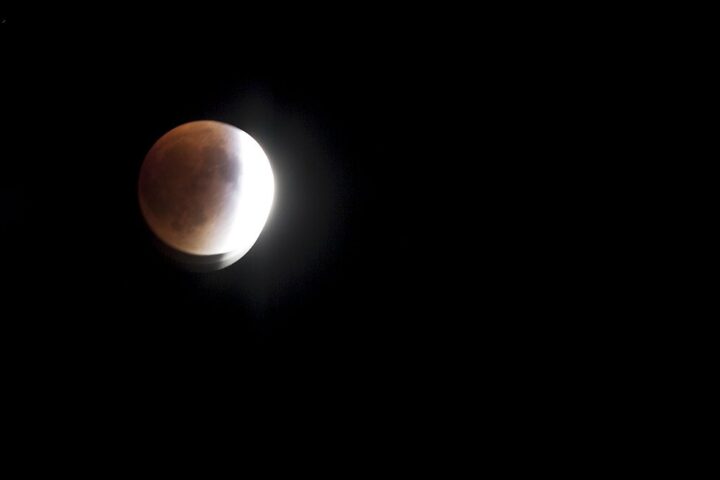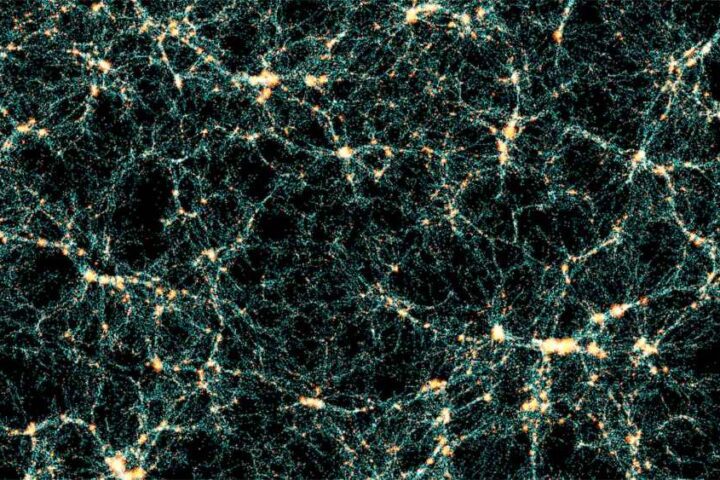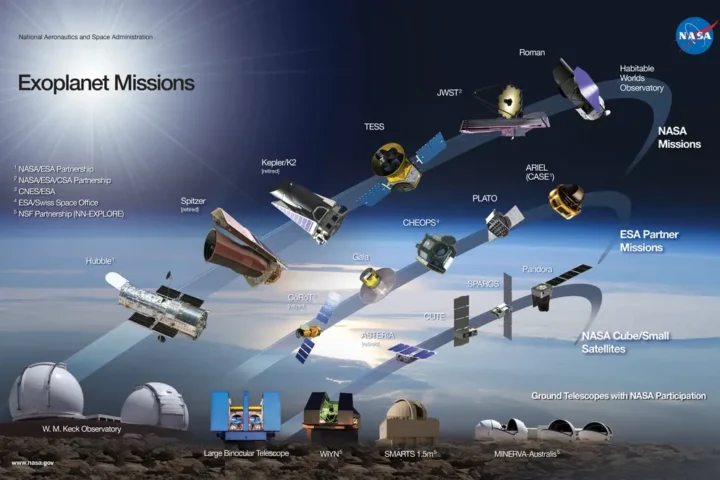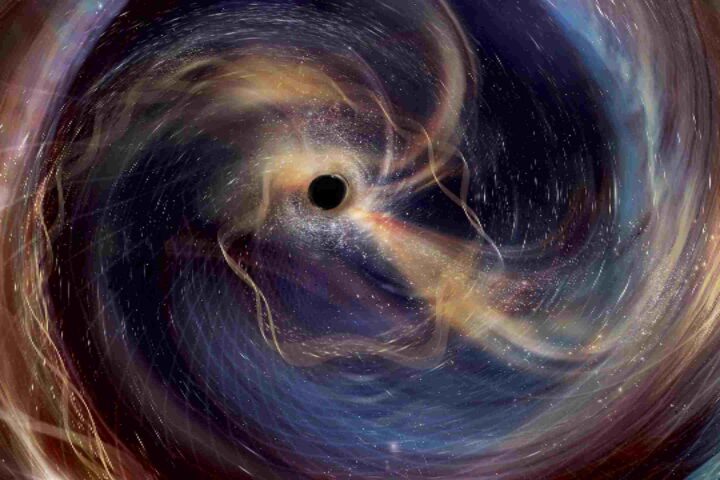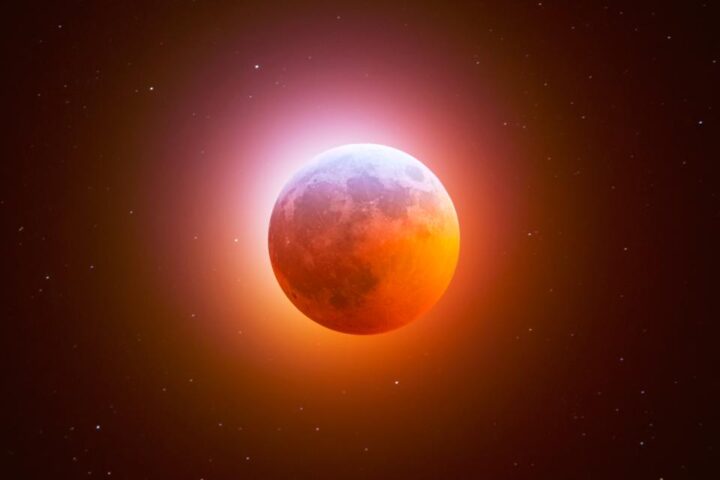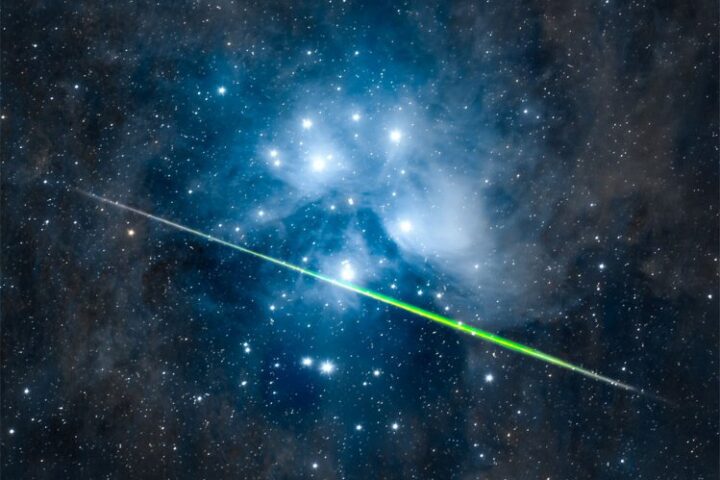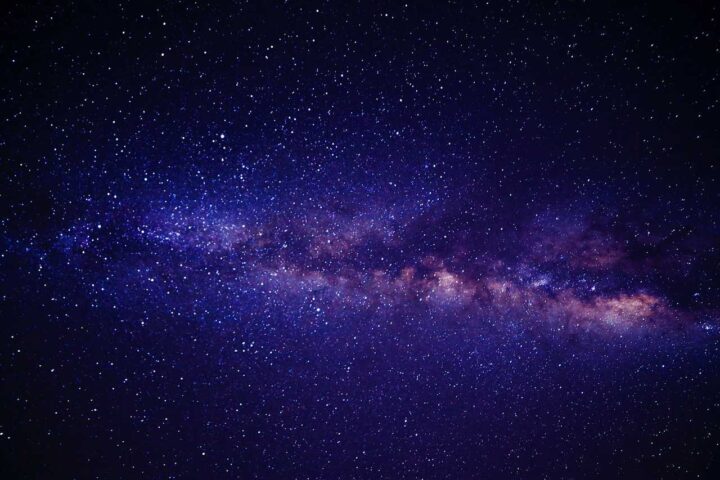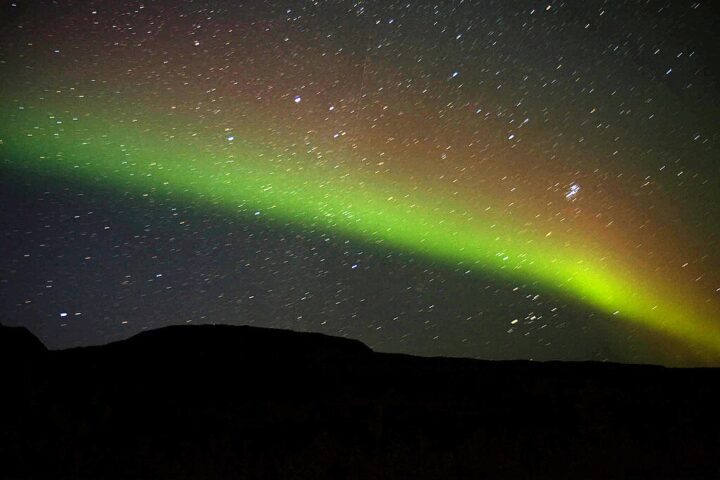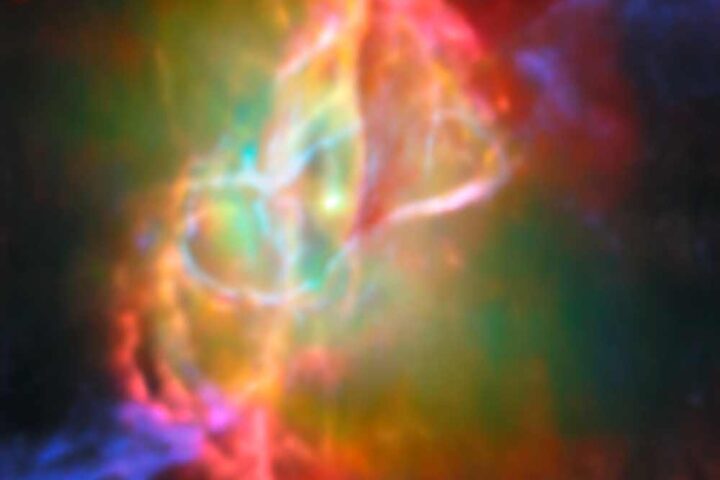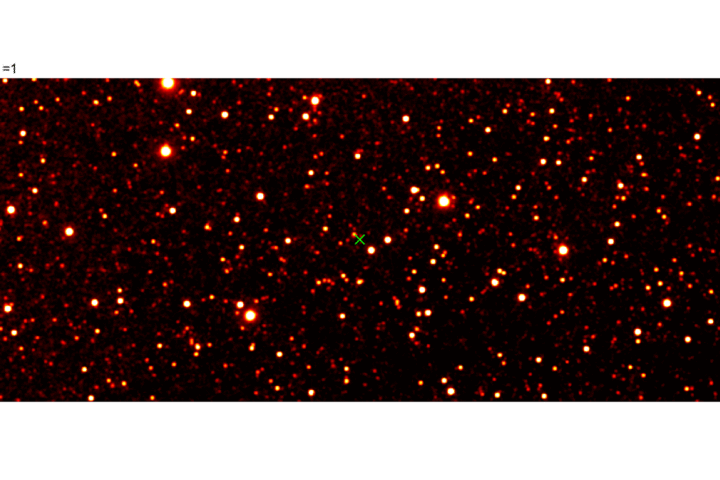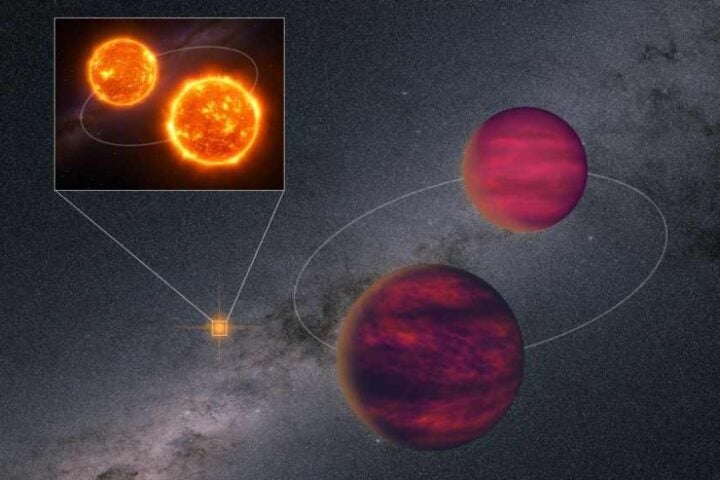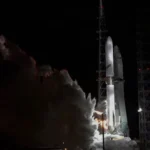The Northern Lights will likely be visible across 14 US states on June 25, 2025, thanks to a moderate geomagnetic storm heading toward Earth.
The National Oceanic and Atmospheric Administration (NOAA) predicts the aurora borealis could appear in Washington, Idaho, Montana, Wyoming, North Dakota, South Dakota, Minnesota, Wisconsin, Michigan, Iowa, New York, Vermont, New Hampshire, and Maine.
“A large hole in the sun’s atmosphere is turning toward Earth, unleashing a stream of solar wind,” according to NOAA. This event, combined with our current solar maximum period, creates ideal conditions for seeing the colorful sky display much farther south than normal.
Why Now?
We’re currently in Solar Cycle 25, which peaks in mid-2025. During this peak, the sun produces more sunspots, solar flares, and coronal mass ejections. When these charged particles hit Earth’s magnetic field, they create the light shows we call auroras.
NOAA rates this storm as G2 on their scale from G1 (Minor) to G5 (Extreme). A G2 storm pushes the aurora oval – where these lights typically appear – far enough south for millions more Americans to potentially see it.
Best Places and Times to Watch
Your best chance to see the Northern Lights requires getting away from city lights. Head to rural areas, state parks, or dark sky locations where light pollution won’t block the view. States along the Canadian border have the highest chances of seeing the display.
Try viewing between 10 PM and 2 AM local time when skies are darkest. Since we’re near summer solstice, you might need to stay up later for truly dark skies.
Similar Posts
Clear weather is essential – even strong auroras can’t be seen through clouds. Check your local forecast before making plans.
What You’ll See
Look for a greenish glow on the northern horizon, possibly with hints of pink, purple, or red. The display might be subtle or dramatic depending on the storm’s strength.
Remember that photos often show more vibrant colors than what you’ll see with the naked eye, especially at lower latitudes. Any aurora sighting this far south is special, even if it appears as just a colored glow on the horizon.
Technology Effects
Unlike severe geomagnetic storms, this G2 storm poses minimal risk to technology. While stronger storms can disrupt GPS, power grids, and satellites, a G2 storm typically causes only minor fluctuations in power systems and possible satellite operation issues.

Photography Tips
To photograph the Northern Lights:
- Use a sturdy tripod
- Set manual focus to infinity
- Use the widest aperture (lowest f-number)
- Start with ISO 800-1600
- Try a shutter speed of 10-20 seconds
Even newer smartphones with night mode can capture aurora photos if kept completely still on a small tripod or stable surface.For real-time updates before heading out, check NOAA’s aurora dashboard at swpc.noaa.gov. With clear skies and a bit of luck, the night of June 25 might deliver a memorable light show across the northern United States.
